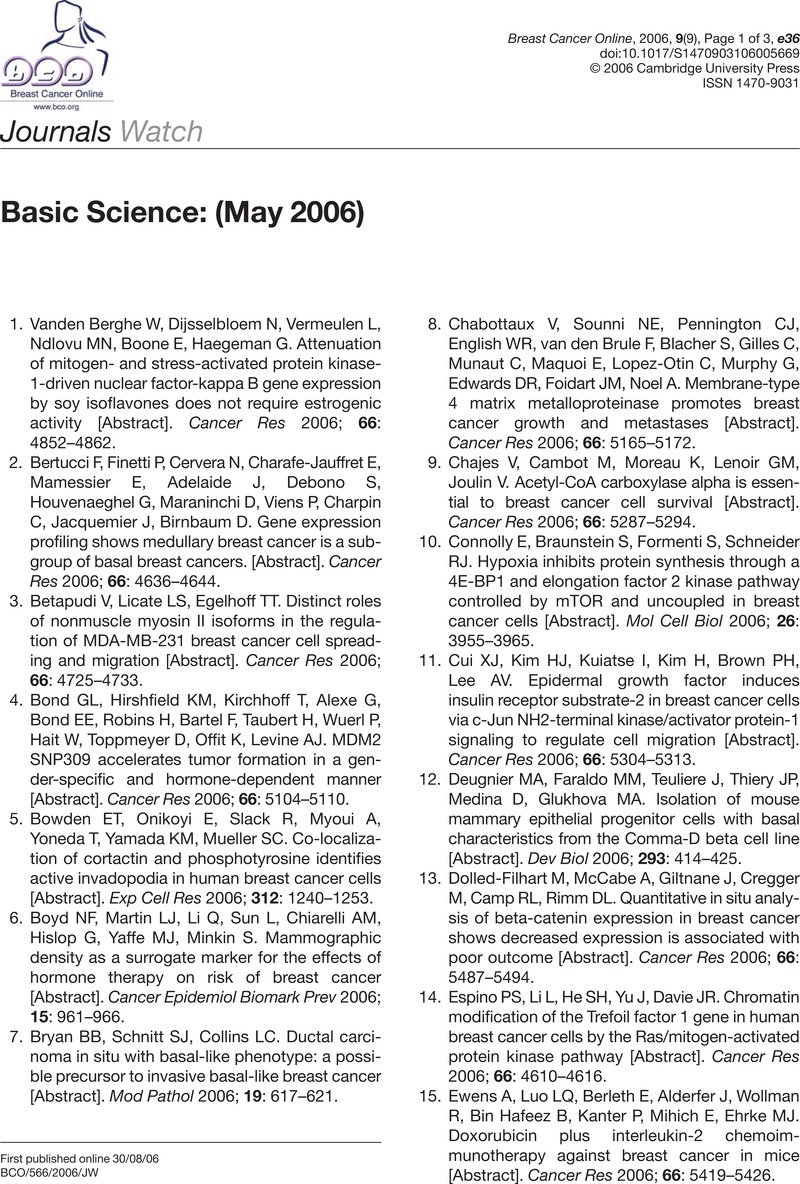Crossref Citations
This article has been cited by the following publications. This list is generated based on data provided by Crossref.
MacFarlane, James Michael
2020.
Transhumanism as a New Social Movement.
p.
15.
Lawrence, David R.
2021.
Encyclopedia of Gerontology and Population Aging.
p.
1707.



